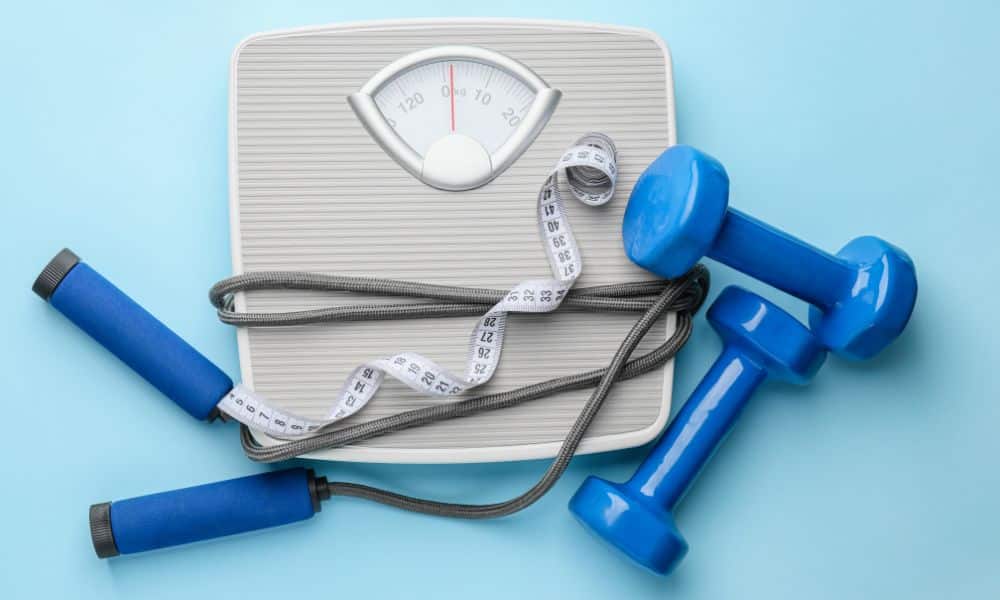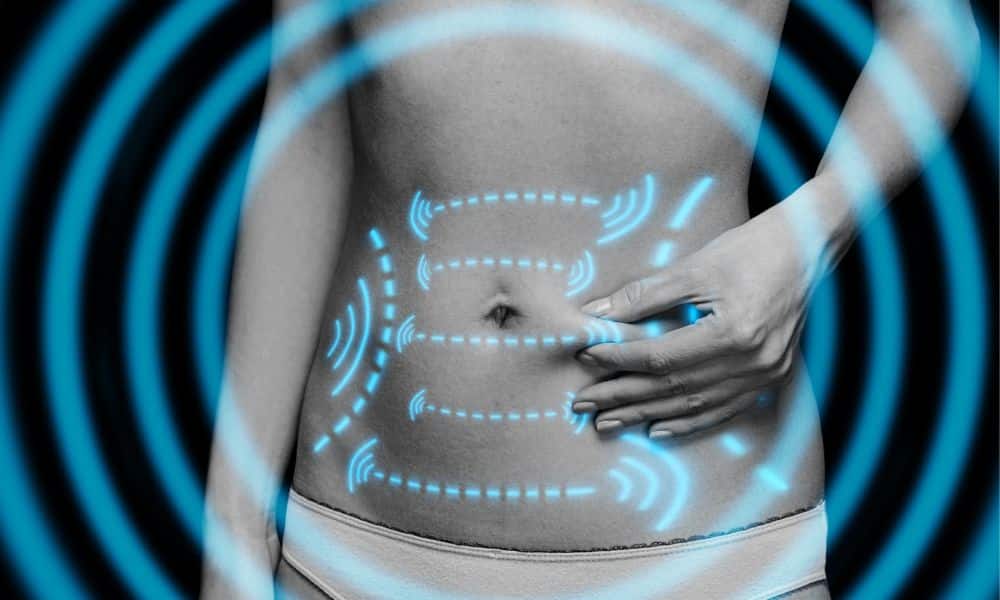Burning stubborn stomach fat can be challenging, but understanding the science behind how the body uses energy can help. One effective strategy is to be in a fast state. This article will explore why fasting is essential for targeting stomach fat, the body’s preferred energy sources, metabolic flexibility, and tips to accelerate fat burning.
The Body’s Preferred Energy Source
The body primarily relies on glucose (sugar) from carbohydrates for energy. When you eat, your body breaks down carbohydrates into glucose, which is used for immediate energy needs. Any excess glucose is stored as glycogen in the liver and muscles for later use. When glycogen stores are full, additional glucose is converted into fat and stored in adipose tissues, including the stomach.
Metabolic Flexibility
Metabolic flexibility refers to the body’s ability to switch between glucose and fat for energy. When you are in a fed state, your body prefers to use glucose. However, in a fasted state, glycogen stores deplete, and the body must switch to burning fat for energy. This shift is crucial for effective fat loss, especially in stubborn areas like the stomach.
The Role of Metabolism
The body’s metabolism is crucial in accelerating the switch from burning food calories to burning fat. A healthy metabolism efficiently processes nutrients and manages energy expenditure, allowing for a faster transition to fat-burning. On average, a healthy metabolism can burn approximately 300-400 calories in four hours, depending on individual factors such as age, weight, and activity level. This four-hour window is significant because it aligns with the postprandial (after eating) metabolic phase, where the body typically digests and absorbs food. By measuring calorie intake in this window, we can better understand and manage energy balance, making it easier to implement fasting strategies that promote fat burning. During fasting, once the body’s glucose and glycogen stores are depleted, the efficient metabolic function ensures a quicker shift to utilizing stored fat for energy, enhancing weight loss and overall metabolic health.
Transitioning to Fat Burning
1. Depleting Glycogen Stores:
To start burning fat, you need to deplete your glycogen stores. This process typically begins after 8-12 hours of fasting. During this period, your body exhausts the available glucose and glycogen, prompting it to tap into fat reserves for energy.
2. Hormonal Changes:
Fasting triggers hormonal changes that support fat burning. Insulin levels drop, and glucagon and adrenaline levels rise, promoting the breakdown of stored fat into fatty acids, which are then used for energy.
3. Ketosis:
After prolonged fasting (usually 16-24 hours), your body may enter a state of ketosis, where it produces ketones from fatty acids. Ketones serve as an alternative energy source, further enhancing fat burning.
Tips to Accelerate Fat Burning
1. Incorporate High-Intensity Interval Training (HIIT):
HIIT workouts can deplete glycogen stores quickly and promote fat burning. These short bursts of intense exercise followed by rest periods boost metabolism and enhance calorie expenditure.
2. Eat a Low-Carb Diet:
A low-carb diet reduces glycogen stores and helps the body switch to fat-burning faster. Focus on foods high in protein and healthy fats to keep you full longer and support muscle maintenance.
3. Practice Intermittent Fasting:
Intermittent fasting involves cycling between periods of eating and fasting. Standard methods include the 16/8 method (fasting for 16 hours and eating within an 8-hour window) or the 5:2 method (eating generally for 5 days and reducing calorie intake for 2 non-consecutive days).
4. Stay Hydrated:
Drinking plenty of water helps with digestion and keeps you feeling full. Sometimes, thirst is mistaken for hunger, so staying hydrated can help manage appetite.
5. Eat Fiber-Rich Foods:
Fiber foods such as vegetables, fruits, legumes, and whole grains provide fewer calories and keep you full longer. Fiber slows digestion and stabilizes blood sugar levels, preventing hunger spikes.
6. Increase Protein Intake:
Protein-rich foods, such as lean meats, eggs, and plant-based proteins, help preserve muscle mass during fasting and promote satiety. Protein also has a higher thermic effect, requiring more digestion energy and boosting calorie expenditure.
7. Get Adequate Sleep:
Lack of sleep can disrupt hormones that regulate hunger and appetite, leading to increased calorie intake. Aim for 7-9 hours of quality sleep to support overall health and weight loss efforts.
Conclusion
Fasting is a powerful tool for burning stomach fat by shifting the body’s energy source from glucose to stored fat. Understanding metabolic flexibility and how to accelerate the transition to fat burning can enhance your weight loss efforts. Incorporating strategies like HIIT, low-carb diets, intermittent fasting, and choosing satiating, nutrient-dense foods will help you achieve your fitness goals more effectively. Remember, consistency and patience are crucial to seeing lasting results.




